#formicidae
Text
Dinomyrmex gigas (lit. giant terrible/awesome ant) is a fitting name for these massive and marvelous ants I encountered in Singapore! one of the largest ants, their colonies are spread out across multiple nest sites and I was lucky enough to stumble across one within a hollow tree.
they’re closely related to carpenter ants, and like them the soldiers have muscular, blocky heads and are much larger than the typical workers (my hand for scale in the video).
even the normal workers are so large that you can hear their footsteps in the leaf litter!
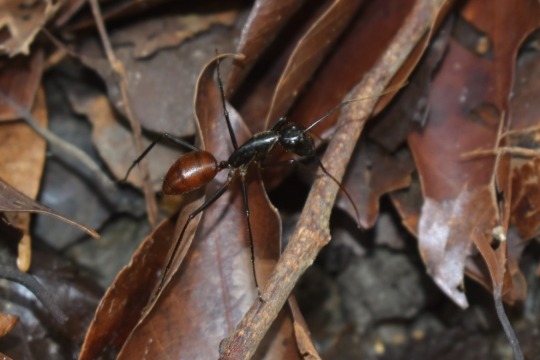
in Borneo I saw members of the subspecies D. g. borneensis, which has yellow on the basal portion of the leg; here is one being carried off by smaller ants.

756 notes
·
View notes
Text

Today’s anime insect of the day is: this ant from Gintama
Order: Hymenoptera
Family: Formicidae
224 notes
·
View notes
Text
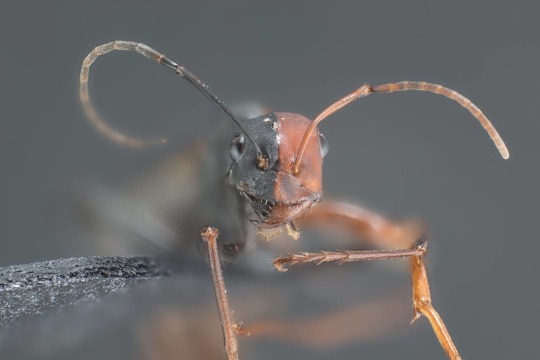

Bilateral gynandromorph Ant (Cataglyphis ?) [x]
(The right side is male, the left queen.)
3K notes
·
View notes
Text

make way for the medics!
extremely fun commission for @futurebird
377 notes
·
View notes
Text


hey check out this handsome gynandromorph Formica ant i found
625 notes
·
View notes
Text

Red Weaver Ants (Oecophylla longinoda), family Formicidae, Abidjan, Côte d'Ivoire
photograph by Daff Eigh
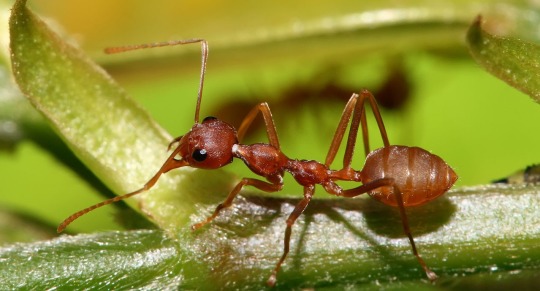
Morogoro, Tanzania
photograph by Muhammad Mahdi Karim
64 notes
·
View notes
Text


Giant Bulldog Ant
Myrmecia brevinoda
24/03/23 - NSW, Dapto
#invertebrates#invertblr#Arthropods#Arthropoda#bugs tw#insects#insect#insecta#insectblr#insects tw#bugs#bugblr#bug#entomology#Giant Bulldog Ant#Myrmecia brevinoda#Myrmecia#Bull Ants#Hymenoptera#Formicidae#Ants
65 notes
·
View notes
Text
this past summer I was able to witness the nuptial flight of a colony of Banded Sugar Ants (Camponotus consobrinus). usually I would only see individual workers foraging in the garden at dusk, but this event occuring at the top of our fencepost gave me an excellent chance to see the different castes of this species.

in the photo above, the giant head of a queen emerges from under a layer of metal, as the smaller workers fuss around her. 'nuptial flights' refer to synchronised mass-dispersal events seen in ants and termites where, on days/nights when the conditions are just right, virgin queens and fertile males (known as alates) will emerge from their nest and take flight, hoping to find and mate with those of other colonies.

here is an alate, with a much different build to the workers, and sporting a robust pair of wings. generally, males will die soon after mating, although not much is known about C. consobrinus reproductive cycles specifically.

here is an emerged queen and an alate, shortly before taking off. after mating, the females will descend to the ground, and usually remove their wings. there, she will attempt to form a brand new colony, although the success rate for this is generally extremely low.

it was a breezy, warm afternoon that this event took place. after getting these photos I soon had to back away, as all the queens and alates began dispersing and filling the air with generously sized winged ants, and I didn't want to be another obstacle in their mission.

Banded Sugar Ant, several individuals (Camponotus consobrinus).
#ljsbugblog#bugblr#entomology#macro#insects#hymenoptera#formicidae#ants#camponotus#sugar ants#camponotus consobrinus#banded sugar ant
32 notes
·
View notes
Text
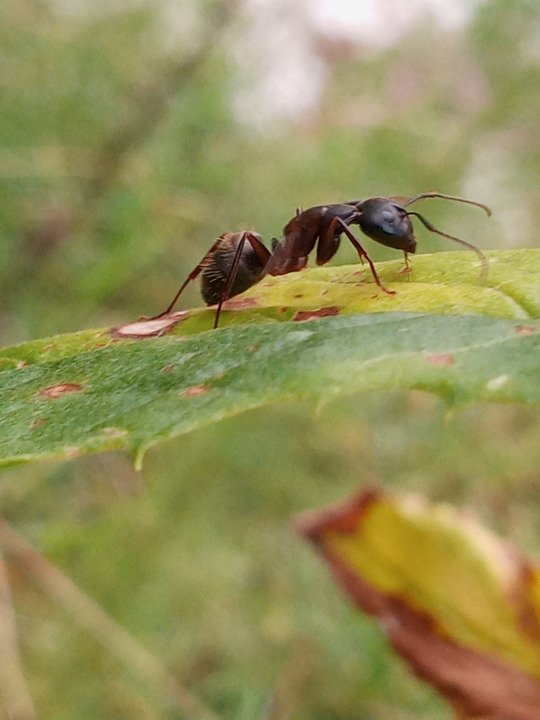
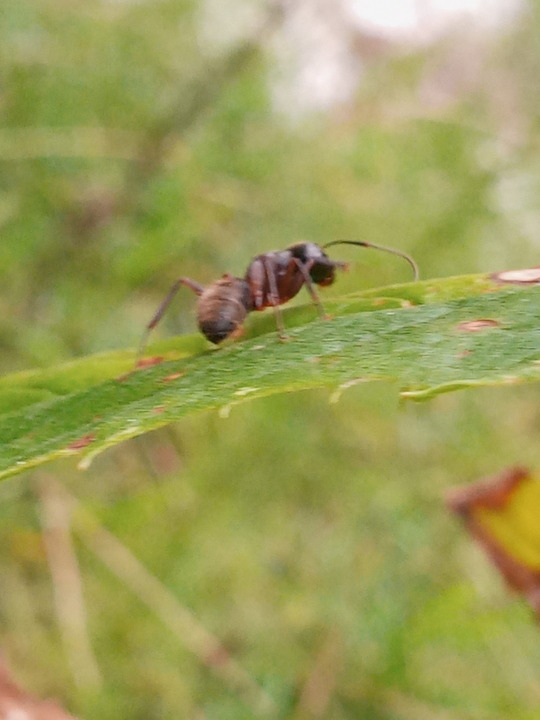

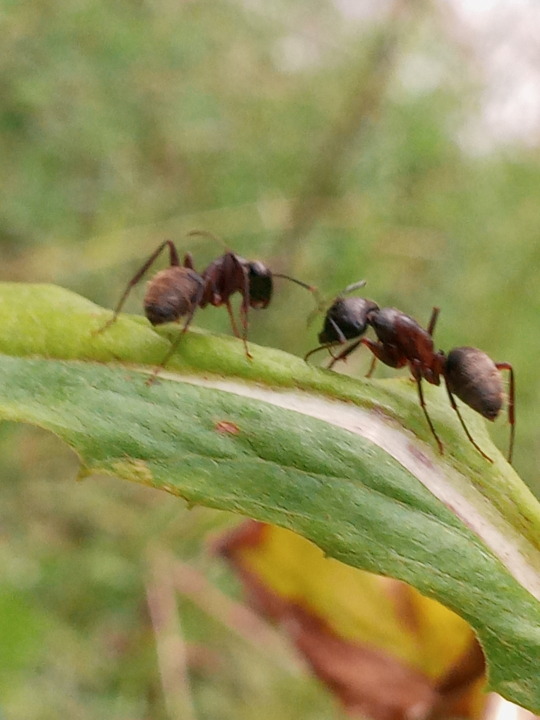


[PHOTOS TAKEN: SEPTEMBER 14TH, 2023 | Image IDs: Six photos of various black carpenter ants on a green plant, two of which seemingly investigate each other in the middle two images /End IDs.]
#Carpenter ants#Ants#Ant#Formicidae#hymenoptera#insects#insect#bug#bugs#Bugblr#Inverts#Invertebrates#Entomology#Arthropods#Photos#Photo#Wasp House Sights
49 notes
·
View notes
Text
Uncharismatic Fact of the Day
Though most ants make their homes underground, the green tree ant prefers a life among the leaves. Also known as weaver ants, the workers of this species will stitch tree leaves together using silk produced by their larva! These nests can span over a dozen trees, housing up to half a million ants.

(Image: green tree ants (Oecophylla smaragdina) building a nest by Gianfranco Colombo)
If you like what I do, consider leaving a tip or buying me a ko-fi!
#green tree ant#Hymenoptera#Formicidae#weaver ants#ants#hymenoptrids#insects#arthropods#uncharismatic facts
125 notes
·
View notes
Text
Atta sp. (leafcutter) ants at the Montréal insectarium, 2023
20 notes
·
View notes
Text


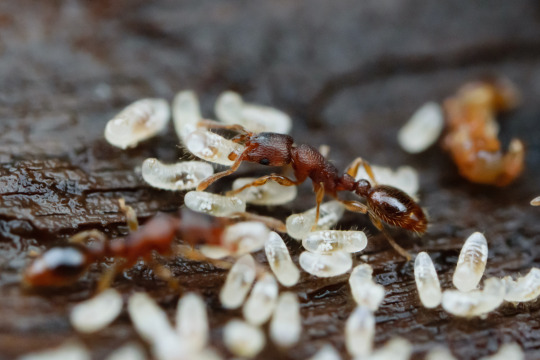
Vollenhovia emeryi
#nature#animals#photography#arthropods#bugblr#science#invertebrates#macro photography#insecta#insects#hymenoptera#ants#formicidae
25 notes
·
View notes
Text
2093 - Camponotus consobrinus - Banded Sugar Ant


I saw quite a few ant species on te Australian leg of my holiday, and this species, common enough to be a household pest in parts of the Eastern states, was the most common.
Originally described as Formica consobrinus in 1842. 'consobrinus' means cousin, referring to the resemblance the species has to C. herculeanus, although that species in from northern Eurasia and North America. Its actual relatives are in the nigriceps species group, which also includes C. clarior, C. dryandrae, C. eastwoodi, C. loweryi, C. longideclivis, C. pallidiceps and C. prostans and of course nigriceps itself, which replaces consobrinus as you move west into drier areas.
This species dominates the nocturnal ant community, and has a constant war going with the mostly diurnal meat ants (Iridomyrmex). Both species will block up the nest entrances of the other, and when daily rounds of sabotage aren't enough may invade the other nest and attempt to exterminate their rivals.
Sugar is a major part of their diet, and to bring other workers to a new food source they often run in tandem, physically carry one of their sisters, or leave a pheremone trail.
Nests may be found in holes in wood, among the roots of plants, insides the twigs of trees and shrubs, between rocks or in the soil, and under paving stones.
Mt. Ainsley, ACT
16 notes
·
View notes
Text

Ponerine Ant (Ectatomma spp) and mimicking plant bug nymph
Photo by Christian Ziegler
#ponerine ant#ectatomma#ants#hymenoptera#formicidae#insects#entomology#mimicry#insect mimicry#pink#plants#nature#macro photography#insect photography
14 notes
·
View notes
Text

Antz doodles commissioned by #1 patron of the ant arts @futurebird
Dorylus gribodoi (major), Oecophylla longinoda (queen + worker), Haidomyrmecinae sp., Cataglyphis bombycina (major + minor worker), Tetramorium pulcherrimum, Myrmecocystus mexicanus, Gigantiops destructor, Crematogaster sp.. all extremely not to scale.
315 notes
·
View notes
Text

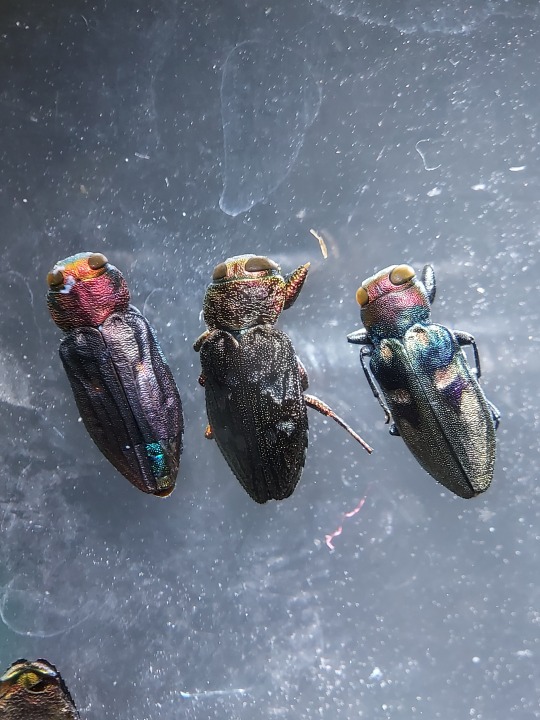


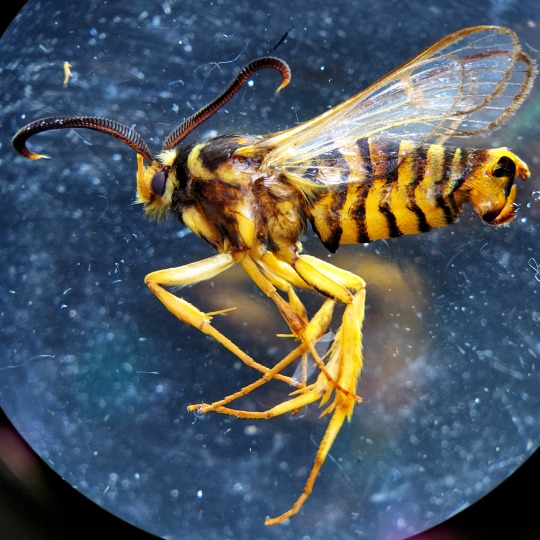

some handsome beasts i observed at work
436 notes
·
View notes